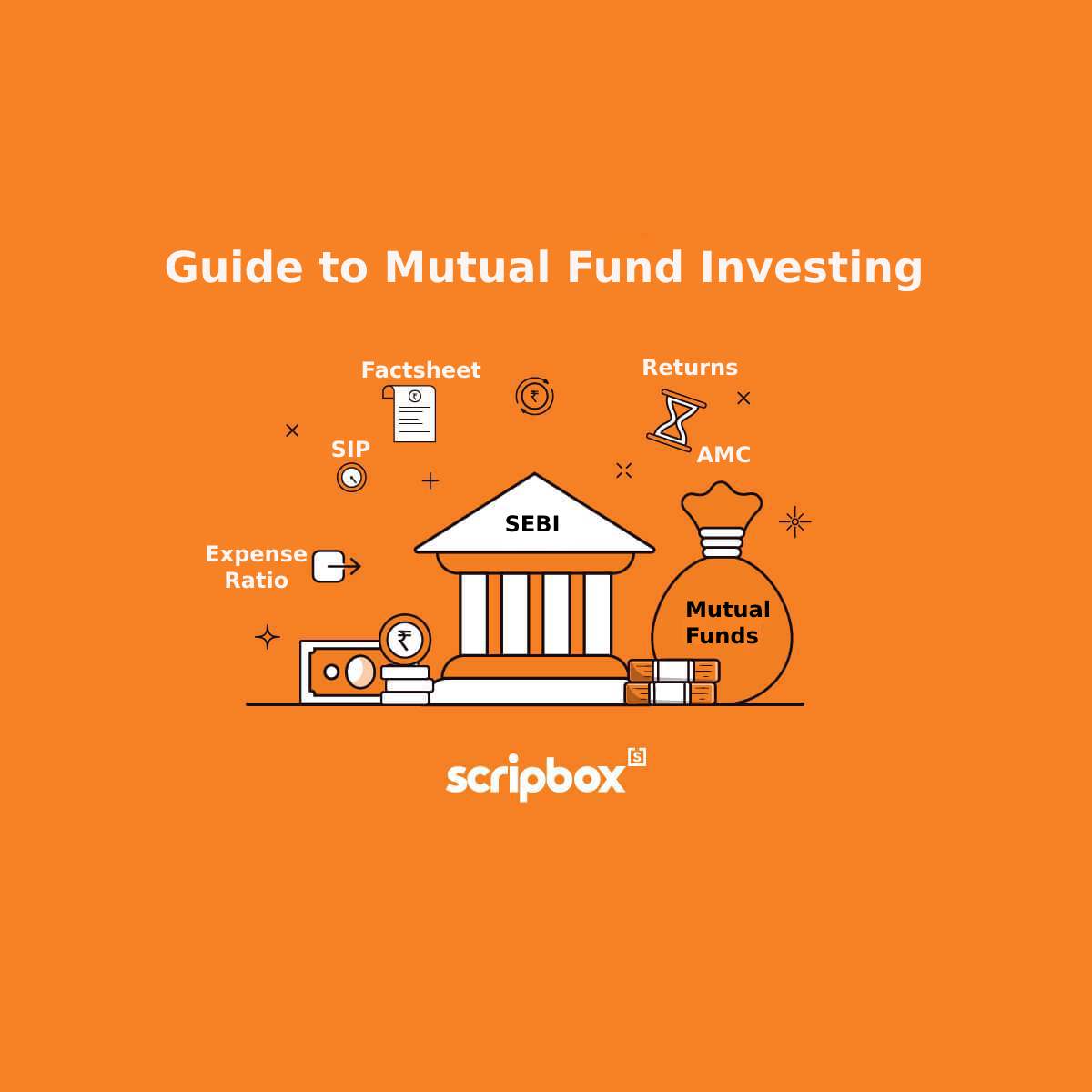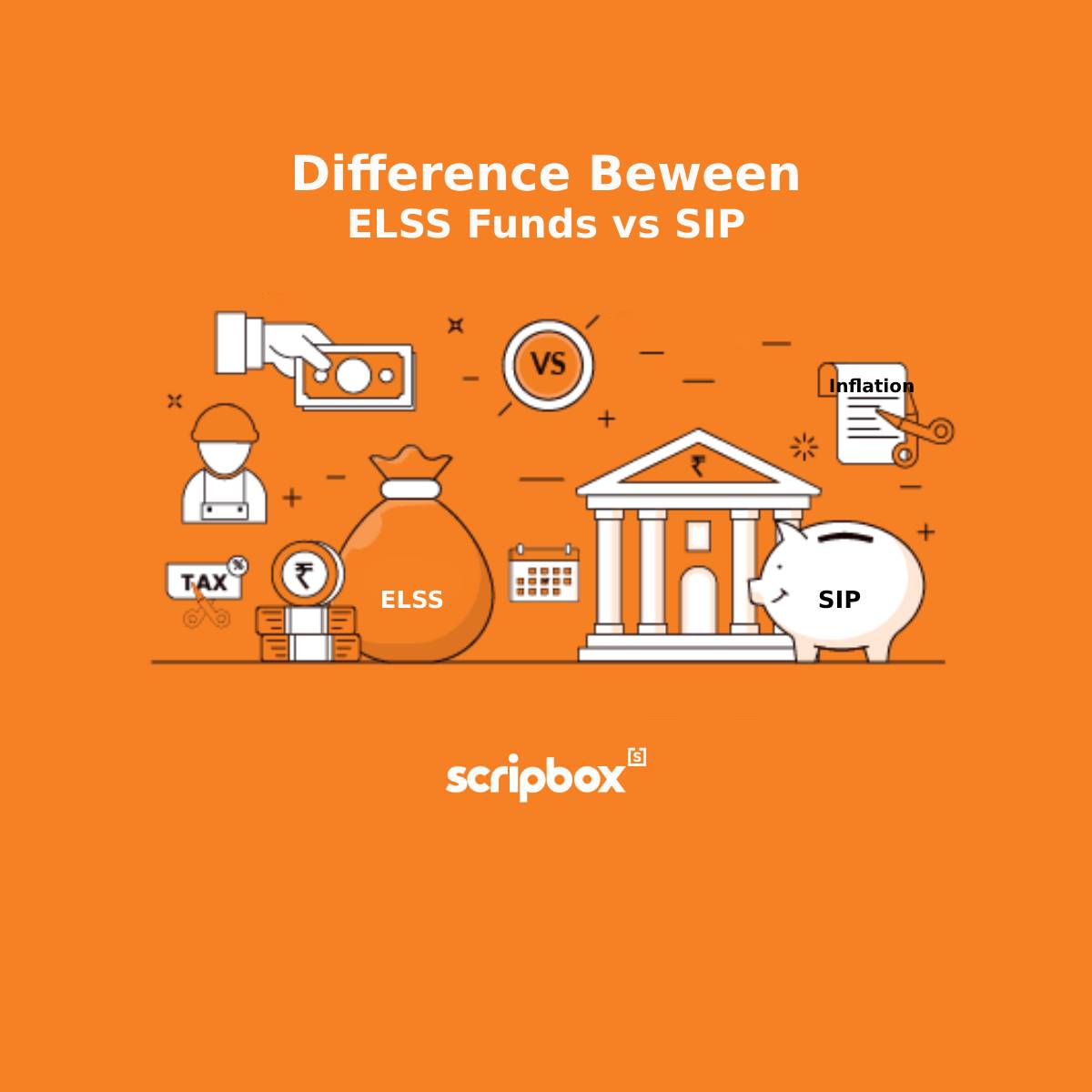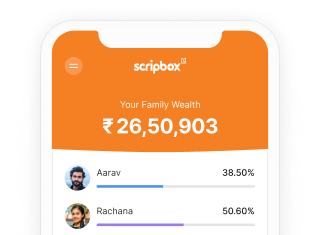Investing is a crucial aspect of wealth management, and two popular investment options that individuals often consider are real estate and mutual funds. Both options provide opportunities for potential returns, but they differ significantly in their nature, characteristics, and risk levels.
What is Real Estate Investing?
Real estate investing involves purchasing and owning physical properties such as residential homes, commercial buildings, land, or rental properties. It is a tangible asset class that can provide both rental income and potential appreciation in value over time. Real estate investing often requires a significant upfront investment, and investors can generate returns through rental income, property sales, or both.
What are Mutual Funds?
Mutual funds are investment vehicles that pool money from multiple investors to invest in a diversified portfolio of securities, such as stocks, bonds, or a combination of both. Professional fund managers manage mutual funds and make investment decisions on behalf of the investors. Mutual funds allow investors to participate in the financial markets without directly owning the underlying assets.
Real Estate Investing Vs Mutual Funds
Physical Real Estate Vs Mutual Funds
| Parameter | Physical Real Estate | Mutual Funds |
| Asset Type | Tangible | Intangible |
| Initial Investment | Higher | Lower |
| Potential Returns | Rental income and property value appreciation | Capital gains and dividends |
| Liquidity | Low | Highly liquid |
| Expected Yield/ Return Percentage | ~10% | 10% – 12% |
| Control | Direct control over properties | Professional management |
| Risks | Market fluctuations, legal disputes, maintenance issues, vacancy rates, tenant problems, etc. | Market risks |
| Transaction and Maintenance Costs | Higher costs for transactions, maintenance, and upkeep | Liquidity and ease of buying/selling |
Compare Real Estate Mutual Funds Vs Other Mutual Funds
| Parameter | Real Estate Mutual Funds | Equity Mutual Funds |
| Investment Portfolio | Invests in companies that deal in the real estate industry, REITs, etc. | A diversified portfolio of various assets. |
| Diversification | Narrower diversification | Broader diversification |
| Exposure | Real estate market | Broad market |
| Risk Profile | High risk since they are focused on one theme. | Lower risk compared to thematic funds. |
| Distributions | Dividends and gains are passed along to fund investors | 90% of income is distributed to shareholders |
| Tax Treatment | Taxes on dividends and gains | Taxes on dividends and gains |
| Investment and Income Requirements | None | 75% of assets in real estate and cash, and derive 75% of income from real estate |
| Expected Yield/Return Percentage | 8% – 10% | 10% – 12% |
Explore:
Compare REITs Vs Mutual Funds
| Parameter | REITs | Mutual Funds |
| Investment Type | Directly invest in real estate. | A diversified portfolio of securities. |
| Stock Exchange | Trade on stock exchanges | ETFs trade on stock exchanges. Other funds can be bought and sold at their NAV. |
| Investment Structure | Direct investment in real estate | Indirect investment in various assets |
| Potential Returns | Rental income and property value appreciation | Capital gains and dividends |
| Expected Yield/Return Percentage | ~10% | 10% – 12% |
| Management | Professional management of real estate assets. | Professional management of securities |
Explore: REITs
Real Estate vs Mutual Funds – Which is the Better Investment Option?
Consistency
It’s a common understanding that real estate investments consistently improve over time. But these investments can be highly inconsistent. The value of a property can decline even after development in the area.
For example, if you invest in a property on the outskirts of a city that is expected to be developed, its value may initially increase due to the development factor. However, over time, the value can decrease due to factors like increased traffic or poor access to the city.
On the other hand, mutual funds have shown better consistency, providing inflation-beating returns in the long term. While mutual funds come with risks, these risks can be mitigated by diversifying investments across different funds and investing for the long term.
Litigation
Real estate investments are infamous for legal disputes and litigations. Lengthy disputes can be tedious and may require additional financial contributions from the investor, reducing the value and returns of the property. Mutual funds are regulated and controlled by the Securities Exchange Board of India (SEBI), making litigation or disputes highly unlikely.
Read: Encumbrance Certificate
Monitoring
Real estate investments are considered risky due to the difficulty in monitoring their performance. Failure to track investments can lead to disputes, especially if you have invested in a property with partners. On the other hand, mutual fund investments can be easily monitored online, allowing you to track their performance time to time.
Returns
Mutual funds generally offer higher returns compared to real estate investments. While real estate returns typically range from 7% to 10% per annum (which can vary dramatically), mutual funds provide returns between 10% and 12% per annum, depending on the type of fund. This enables investors to generate higher returns that counter the effects of inflation and accumulate wealth.
Investment
The amount of funds available for investment plays a significant role. Real estate investments require substantial money, which may only be readily available for some individuals.
In contrast, mutual funds allow investments in smaller amounts or lump sums, depending on financial stability. Through a Systematic Investment Plan (SIP), investors can invest small amounts regularly, which will be auto-debited.
Tax Implications
Both real estate and mutual fund investments offer tax exemptions. Under Section 80C of the Income Tax Act, 1961, investments in ELSS mutual funds can provide tax benefits up to a maximum of INR 1,50,000.
Real estate investments can also help save on taxes through indexation, which considers the impact of inflation on the property’s value. Furthermore, a home loan also offers tax benefits under Section 24 up to INR2 lakhs, Section 80C INR 1.5 lakhs and Section 80EE INR 50,000. However, the tax exemptions are subject to change. Also, the reason for investing in real estate shouldn’t be solely to save tax.
Liquidity
Investors expect their investments to provide liquidity when needed. Liquidating real estate takes time, as no market facilitates quick transactions. The process is time-consuming, and it may be challenging to liquidate investments during financial crises.
In contrast, mutual funds offer liquidity, allowing investors to sell their holdings whenever they require funds. Liquidity is one of the primary reasons individuals invest in mutual funds.
Power of Compounding
Mutual fund investments benefit from compounding, which leads to higher returns over time. This power of compounding does not apply to real estate investments. For example, if you invest Rs 10,000 in mutual funds for a tenure of 20 years at 10%, the maturity amount will be approximately INR 99.9 lakhs. By investing in mutual funds, you can benefit from the power of compounding and achieve inflation-beating returns.
Explore: SIP Calculator
Ease of Investing
Real estate investments involves complex procedures and paperwork, along with additional expenses such as stamp duty and registration fees. It can be a time-consuming and cumbersome process for investors.
On the other hand, investing in mutual funds is simple and quick. It only takes a few minutes to start investing. With a SIP, you can set up automatic monthly investments.
Conclusion
Real estate investing and mutual funds offer distinct advantages and cater to different investment preferences and risk tolerance levels. Real estate investments provide tangible assets, potential rental income, and tax benefits but involve higher upfront costs and maintenance.
Mutual funds offer diversification, professional management, and liquidity but lack direct control over underlying assets. Both options can be viable investment avenues, mutual funds are suitable for most investors to achieve their financial goals. Before picking an option, consider your financial goals, risk tolerance, and time horizon. It is advisable to consult with a financial advisor to determine the most suitable investment strategy based on individual circumstances.

















Show comments